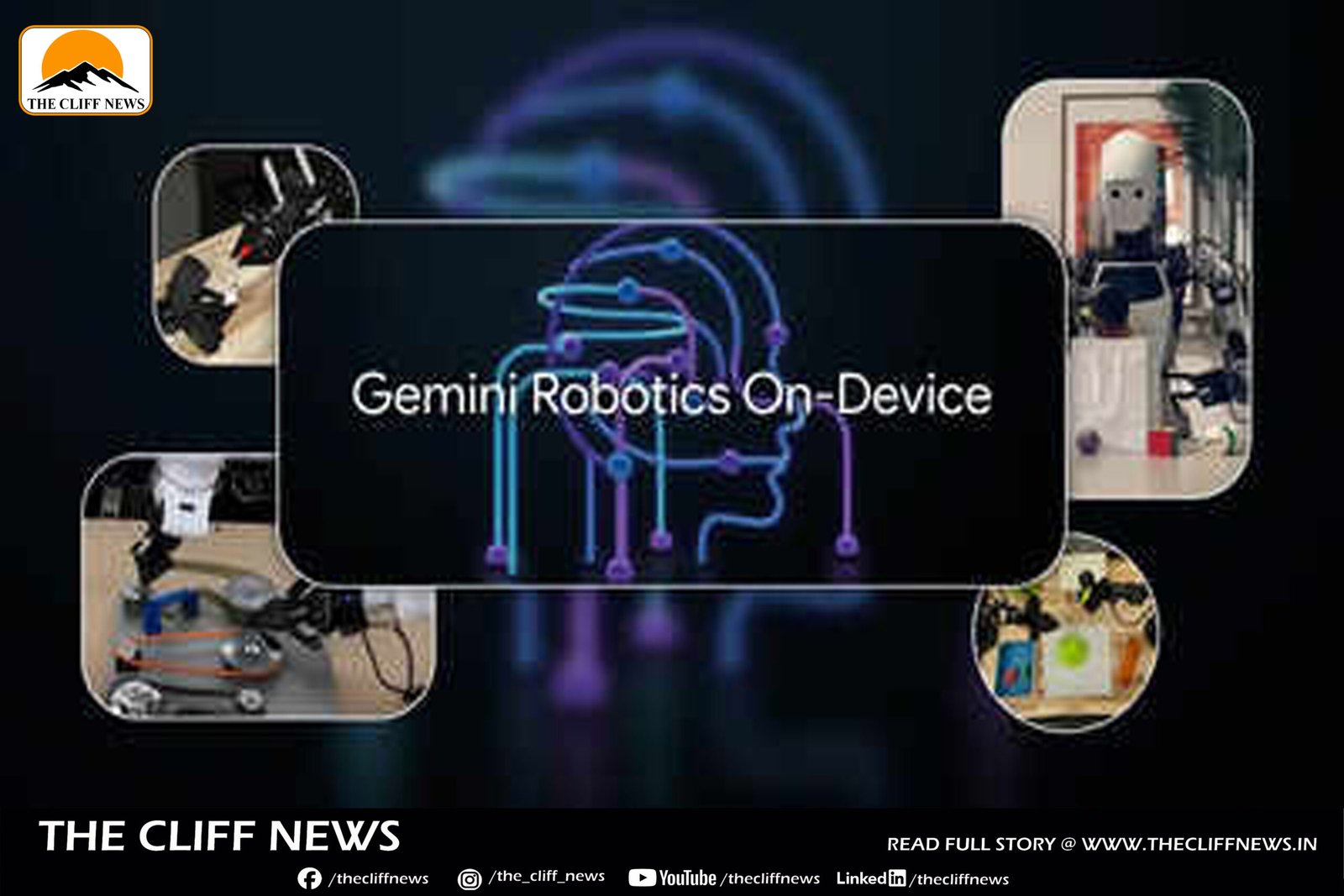Google has unveiled a new addition to its Gemini AI lineup — Gemini Robotics On-Device, a lightweight yet powerful robotics foundation model specifically designed to run entirely on hardware without requiring internet connectivity. This development marks a major step toward autonomous, real-time robotic systems capable of operating in environments with low or no network access.
🧠 What is Gemini Robotics On-Device?
Gemini Robotics On-Device is a general-purpose, vision-language-action (VLA) model that brings multimodal intelligence and dexterous manipulation to robots while staying offline. It builds on the Gemini Robotics VLA model introduced in March, which used Gemini 2.0’s reasoning capabilities to control physical systems. This on-device version reduces latency, supports privacy-sensitive applications, and enables robots to work reliably even in connectivity-challenged environments.
🤖 Key Capabilities
- No Cloud Needed: Operates fully offline with low-latency inference.
- Dexterous Manipulation: Designed for bi-arm robots, capable of complex tasks like folding clothes or unzipping bags.
- Rapid Adaptation: Learns new tasks with just 50–100 demonstrations.
- Multimodal Reasoning: Understands and executes instructions using visual, semantic, and behavioral cues.
- Cross-Robot Compatibility: Originally trained on ALOHA robots, and successfully adapted to the Franka FR3 and Apollo humanoid robot.
🛠️ Developer Access & SDK
Google is also offering a Gemini Robotics SDK, enabling developers to:
- Evaluate the model on custom tasks and hardware.
- Simulate environments using Google’s MuJoCo physics engine.
- Fine-tune the model to specific domains with minimal training data.
Access is currently limited to those in Google’s Trusted Tester Program, which developers can apply to join.
📊 Performance Highlights
- Superior Generalization: Outperforms other on-device models in out-of-distribution and multi-step tasks.
- Real-Time Inference: Delivers near-instant response without relying on remote servers.
- Task Successes: Demonstrated success in tasks like belt assembly, dress folding, and object sorting on various robotic platforms.
🔍 Why This Matters
By moving powerful AI capabilities directly onto robotic hardware, Google is addressing key bottlenecks in robotics: latency, reliability, and network dependency. This could unlock a new generation of service and industrial robots that are smarter, faster, and more autonomous — from warehouse automation to domestic helpers and disaster recovery bots.
In short: Gemini Robotics On-Device is not just a model — it’s a toolkit for the future of AI-powered robots.



